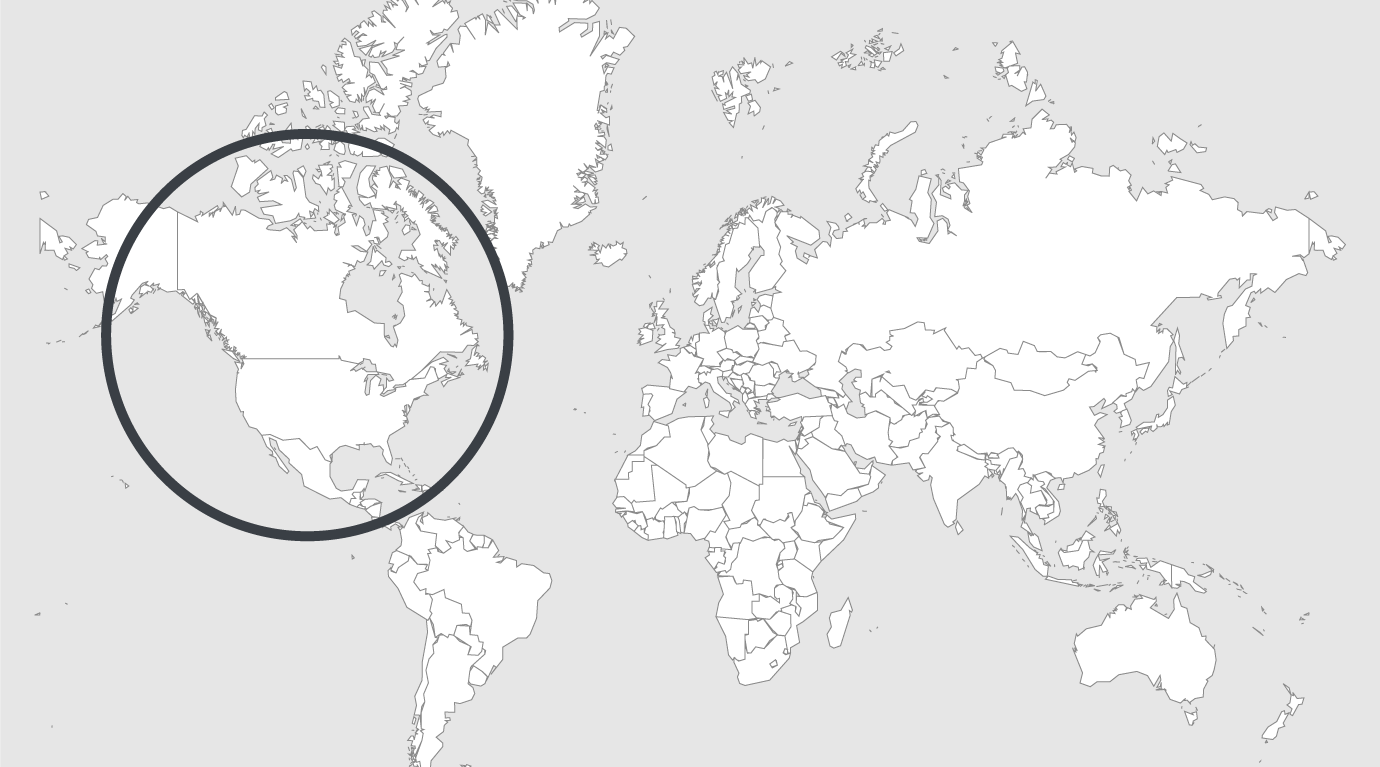
Explore
Canada: Ontario vows to act on solitary confinement limits in new report
Ontario’s prisons adviser has laid out a plan that would catapult the province’s prison system from a national laggard to one of the most progressive in the world by placing hard limits on the use of solitary confinement and prohibiting the segregation of vulnerable prisoner populations.
The government’s response was immediate and profound. Minutes after Howard Sapers released his plan on Thursday, Marie-France Lalonde, the Minister of Community Safety and Correctional Services, announced the replacement of two rundown prisons and promised to enshrine much of Mr. Sapers’ advice in legislation this fall.
“That’s about as good a response as we could have hoped for,” Mr. Sapers said. “There is a sense of urgency here. We are talking about some very fundamental principles are that supposed to be the foundation of our criminal justice system.”
Mr. Sapers, the former federal prisons ombudsman, was named independent adviser to the Ontario prison system last November as the province was trying to control fallout from a Globe and Mail series about a prisoner who had languished so long in solitary confinement he was losing his capacity for speech and sleep.
Adam Capay, 24, of Lac Seul First Nation, spent about 1,600 days in a solitary cell – much of it in a unit with 24-hour lighting, acrylic glass walls and little access to fresh air or programs – before he was moved to a mental-health facility in December.
The selection of Mr. Sapers to examine solitary confinement in Ontario was largely seen as damage control at the time, but his findings are anything but superficial.
Significantly, Mr. Sapers discovered that several government measures to reduce the use of solitary confinement, especially for those with mental-health conditions, made over the past four years were not effective. Last year, segregated inmates made up 7 per cent of the prison population, up from 5 per cent in 2012. Between 2015 and 2016, the share of segregation cells occupied by prisoners with mental-health issues increased from 32 per cent to 45 per cent.
Some of those inmates do not leave their cells of about six feet by nine feet for days, according to Mr. Sapers. When they do, their access to fresh air is limited to 20 minutes. Oversight and medical care are haphazard. “Whether it is due to inadequate legislation, poorly crafted policies, lack of staff resources, insufficient training, crumbling physical infrastructure or simply a lack of space, the result is the same: segregation has become the multi-purpose default to respond to diverse correctional challenges,” Mr. Sapers wrote. “This inappropriate use of segregation must stop.”
Read full article.
